Tuesday 14th January

English
Grammar Warm Up
LC: to identify and classify nouns with apostrophes to show belonging
Look at the sentences below where the nouns have s at the end.
Circle the nouns with s at the end.
Alice's cat is called Dinah.
My legs are sore.
The boys' football team won the cup.
Ali's car is black.
The hedgehogs were used as balls.
The teachers' staff room has a fridge.
The pot of pens fell over.
Put each noun with s into the correct part of the table.
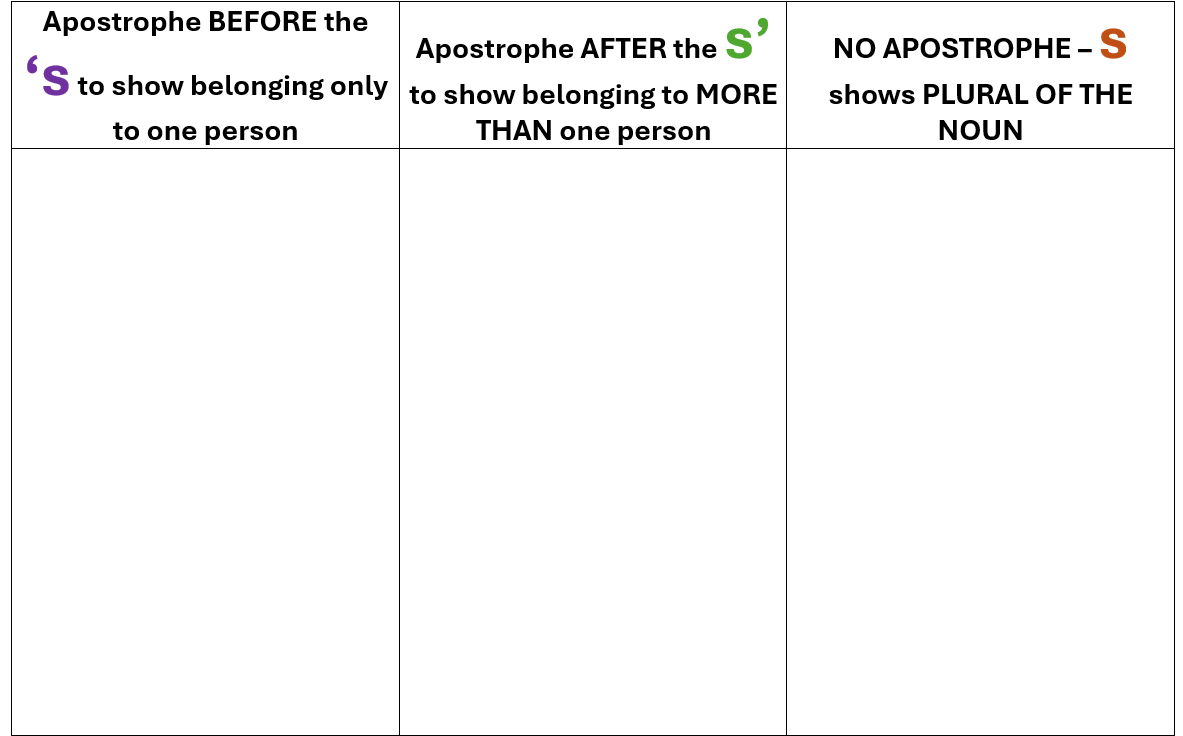
LC: to summarise main ideas drawn from more than one paragraph and to identify key details that support this

Let's read from page 38 to the end of the story.
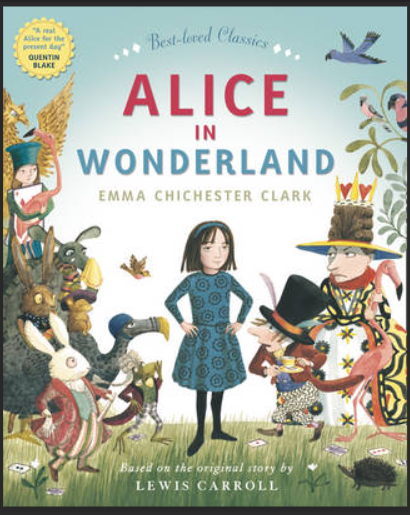
Now, put the events of the story in the correct order.
Your teacher will give you the sections to work on with your partner.
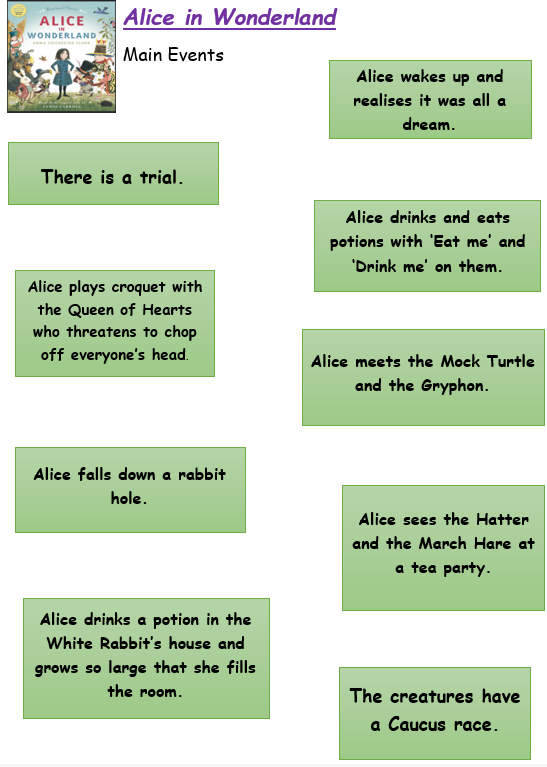
Which scene did you enjoy the most? 
Tell your partner and explain why.
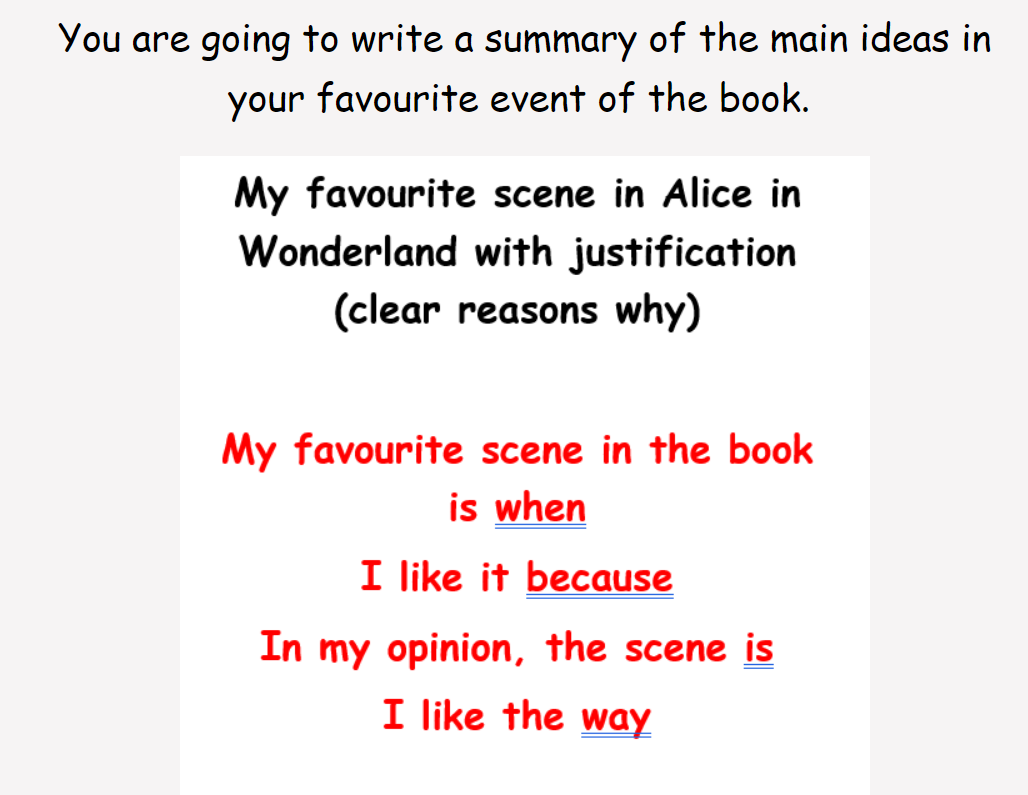
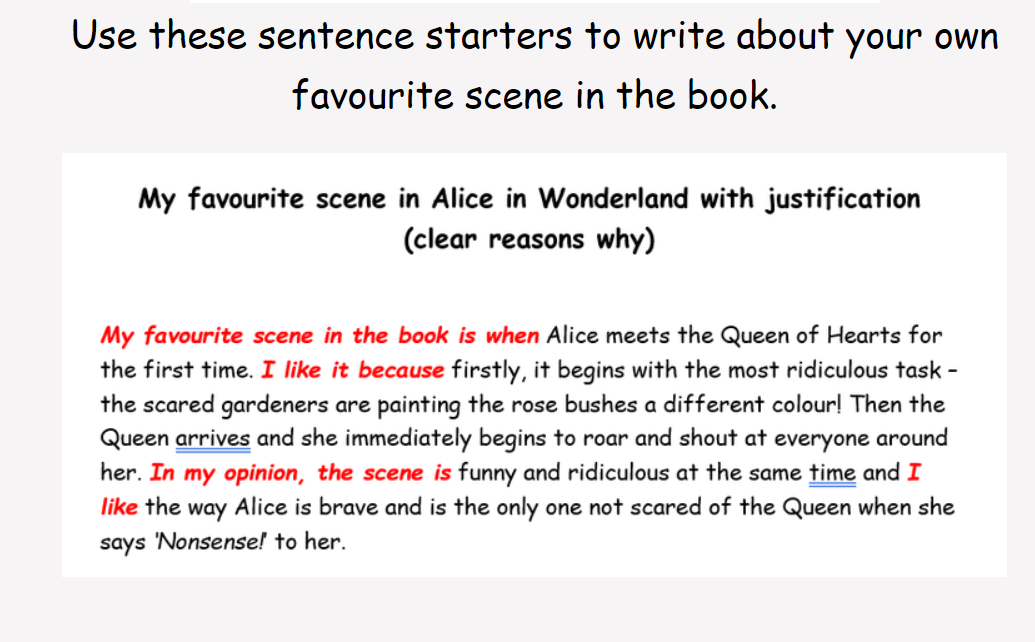
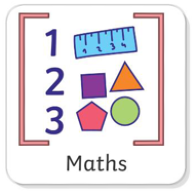
Maths 1
LC: To be able to compare mixed numbers using pictorial representations.
To to be able to find common denominators, where one fraction is already the common denominator for all fractions in the question.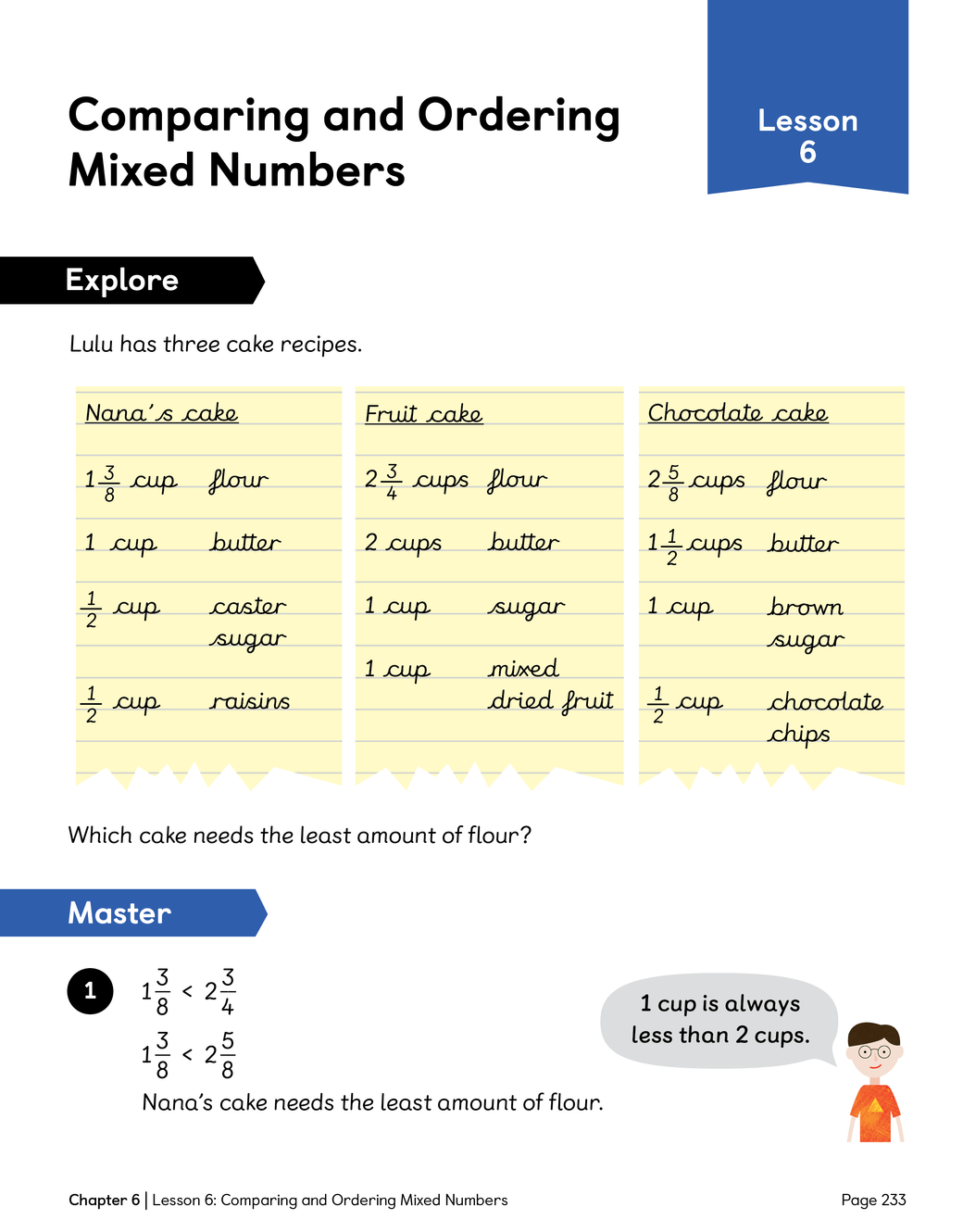
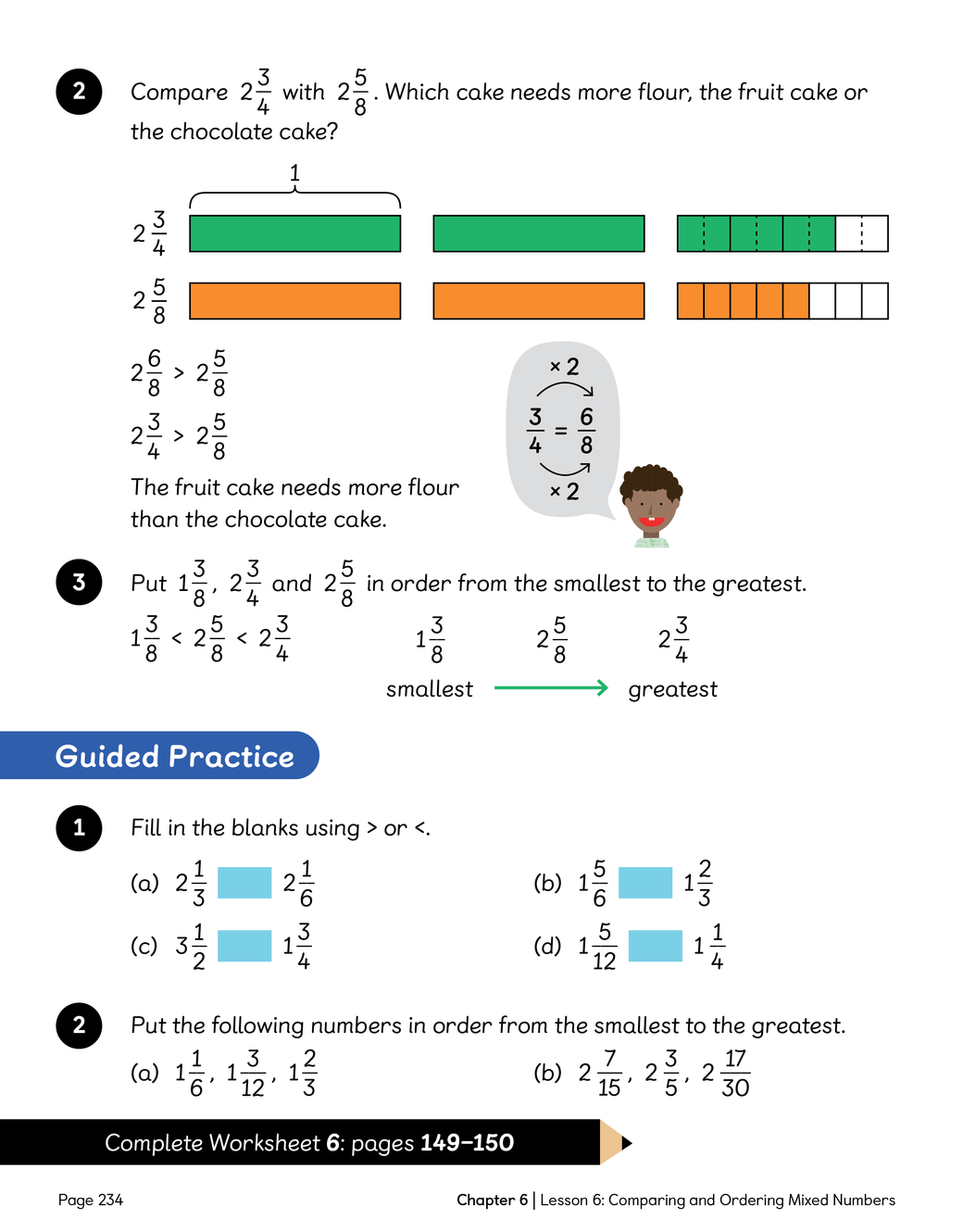

Maths 2
To be able to make number pairs (number bonds) with fractions that have different denominators.
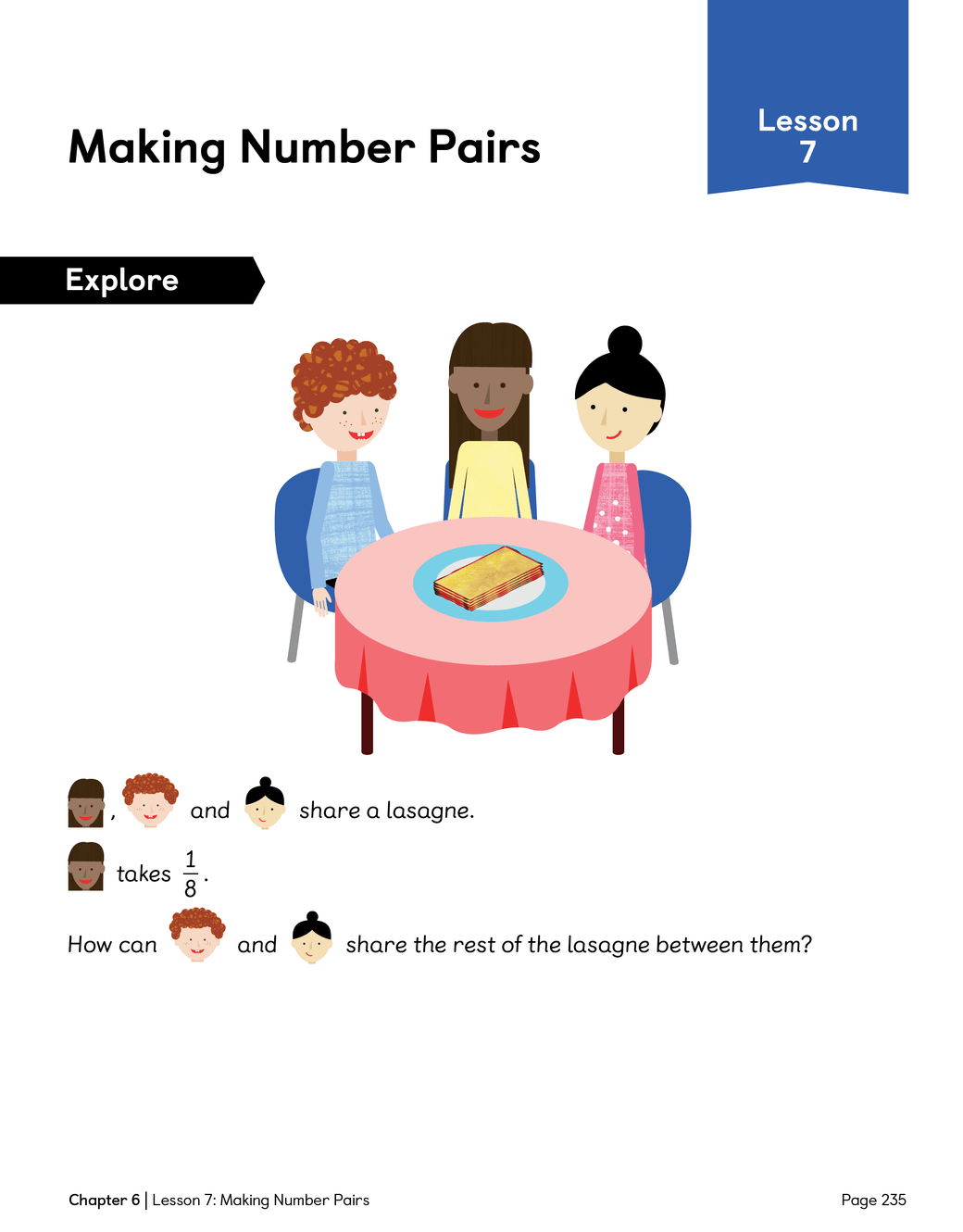
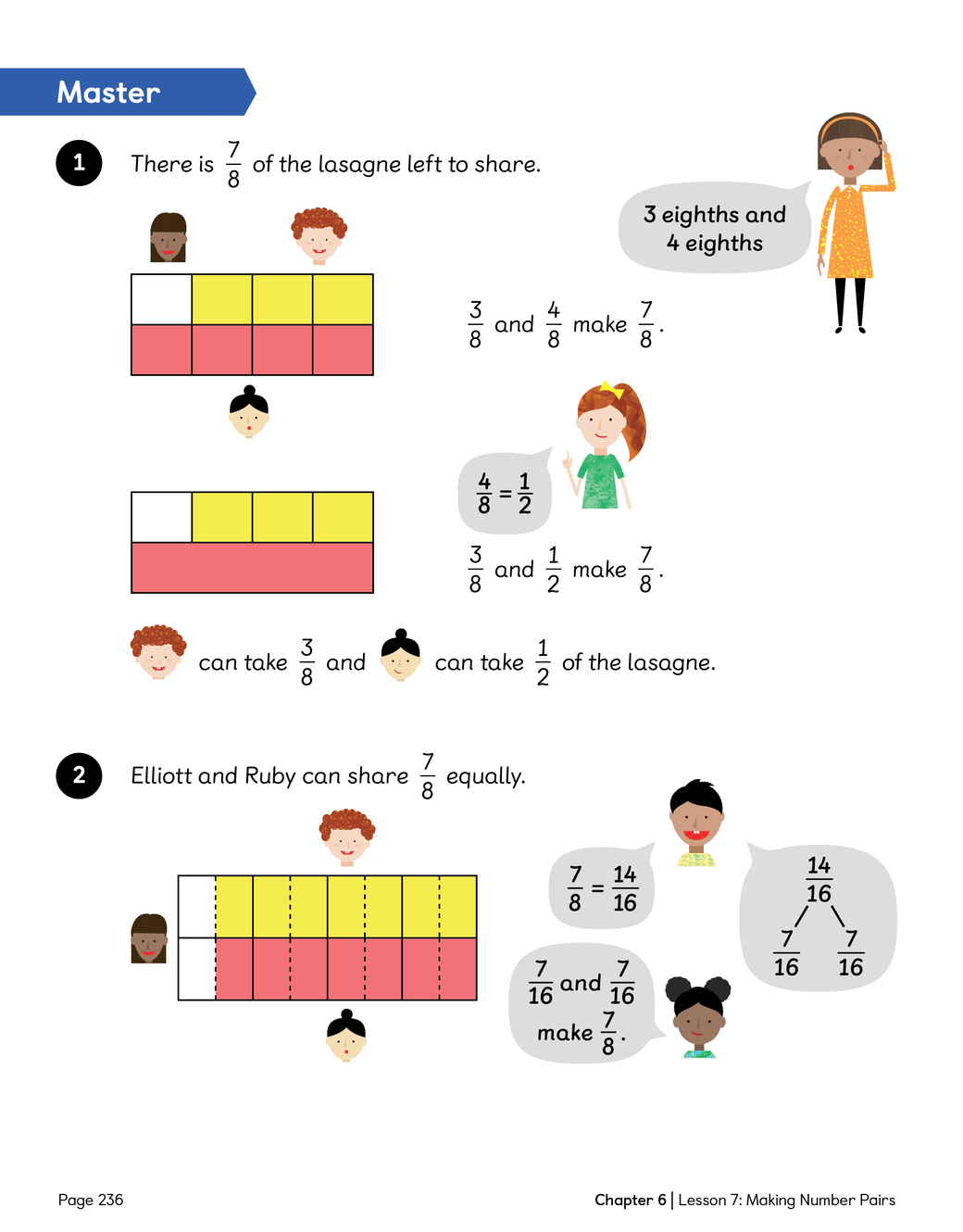
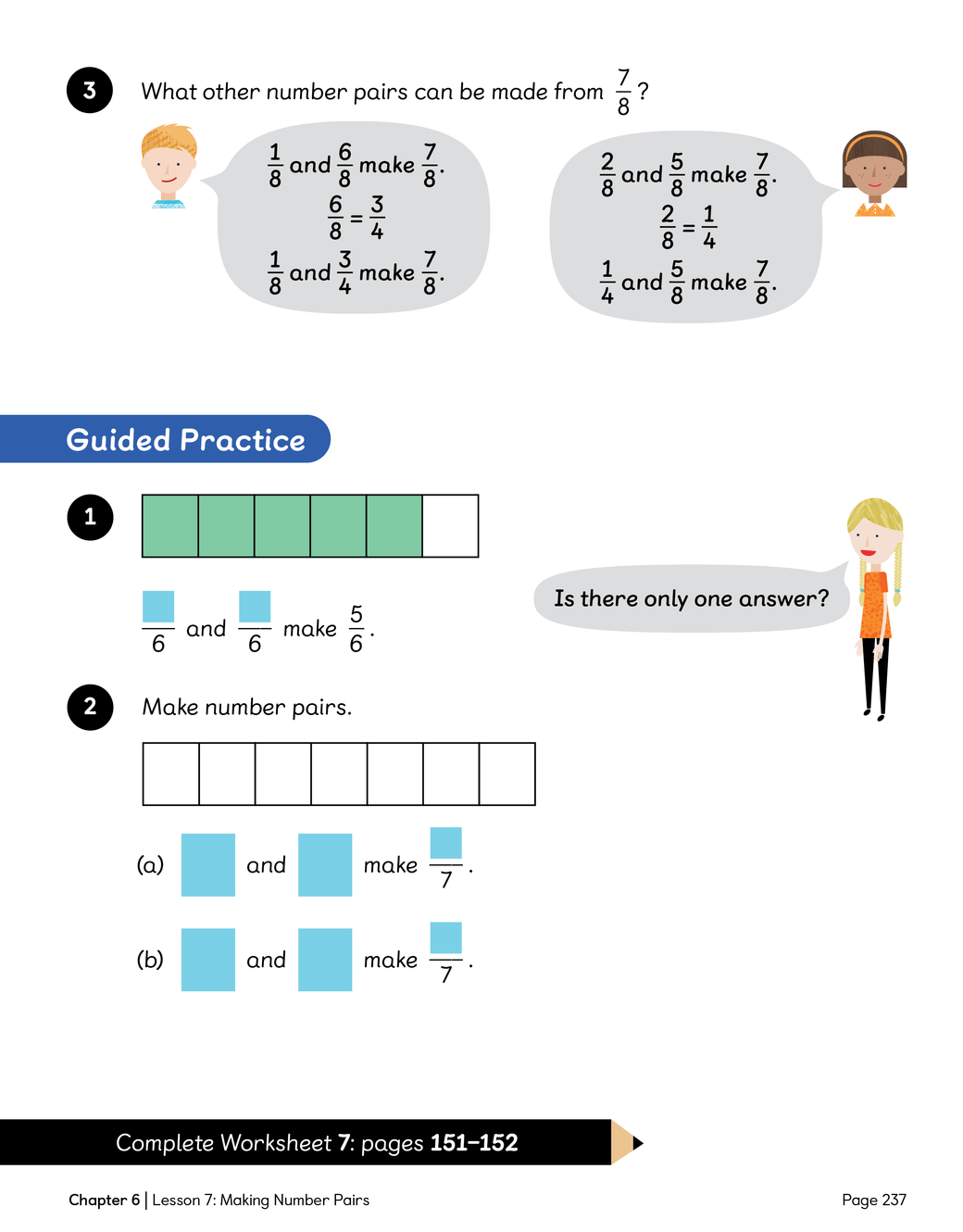
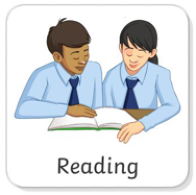
Reading
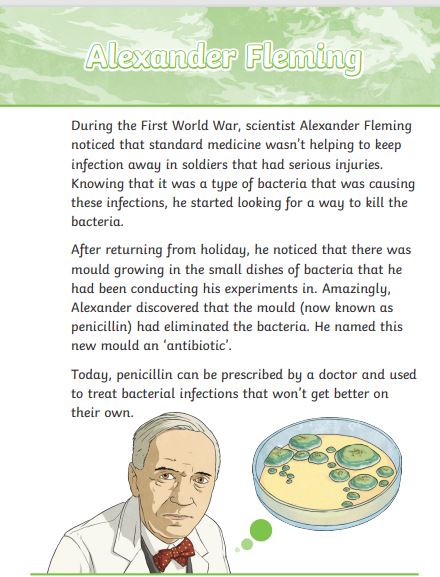
R What did Alexander Fleming find after returning from holiday?
I Describe how you think Alexander Fleming felt when he saw that the bacteria had been
eliminated.
C Find and copy one word that means the same as recommended.
Tuesday 14th January
LC: Evaluate how authors use figurative language, considering the impact on the reader.
Figurative language is the use of words and ideas to suggest meaning and create mental images.
An example of this is the use of similes.
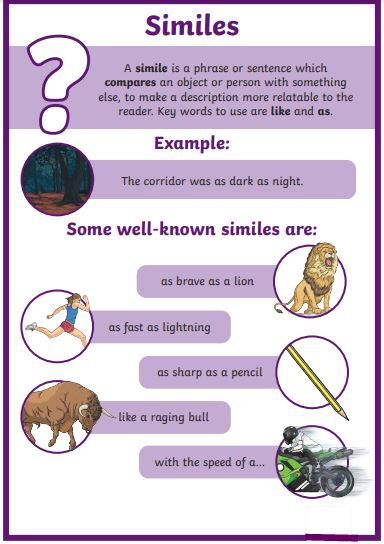
Here is a further list of commonly used similes: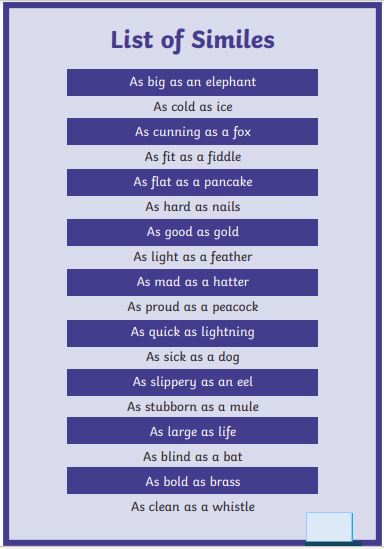
JK Rowling used a lot of similes in her writing. What impact do they have on the reader?
You could make out his eyes, glinting like black beetles under all that hair.
...a pile of red rubies as big as glowing coals.
Harry's legs were like lead again...
It was strange to touch, like water woven into material.
It was sitting as still as a statue.
Books as large as paving stones.
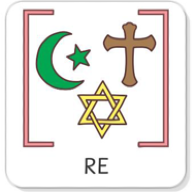
RE
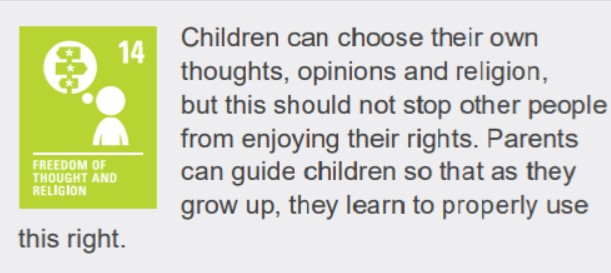 Tuesday 14th January
Tuesday 14th January
LC: Know what Christians believe about the nature of Jesus because of the stories of miracles he performed.
Read the stories of the miracles Jesus performed on the PowerPoint below.
With your talk partner, agree one miracle story on which to focus. Imagine that you were an eye witness to it. Have a conversation about what you have seen. If you had witnessed it, what would it make you believe about Jesus? Think about how you would describe someone who can conduct miracles and the people Jesus chose to perform miracles for.
Most Christians believe that the miracle stories show that Jesus was fully God and had divine power. He could make the impossible possible. Additionally they show the nature of Jesus as a compassionate human being, a ready to help the poorest and sickest in society.
Write a brief summary of your chosen miracle and what Christians believe the miracle stories tell them about the nature of Jesus.

Picture News




